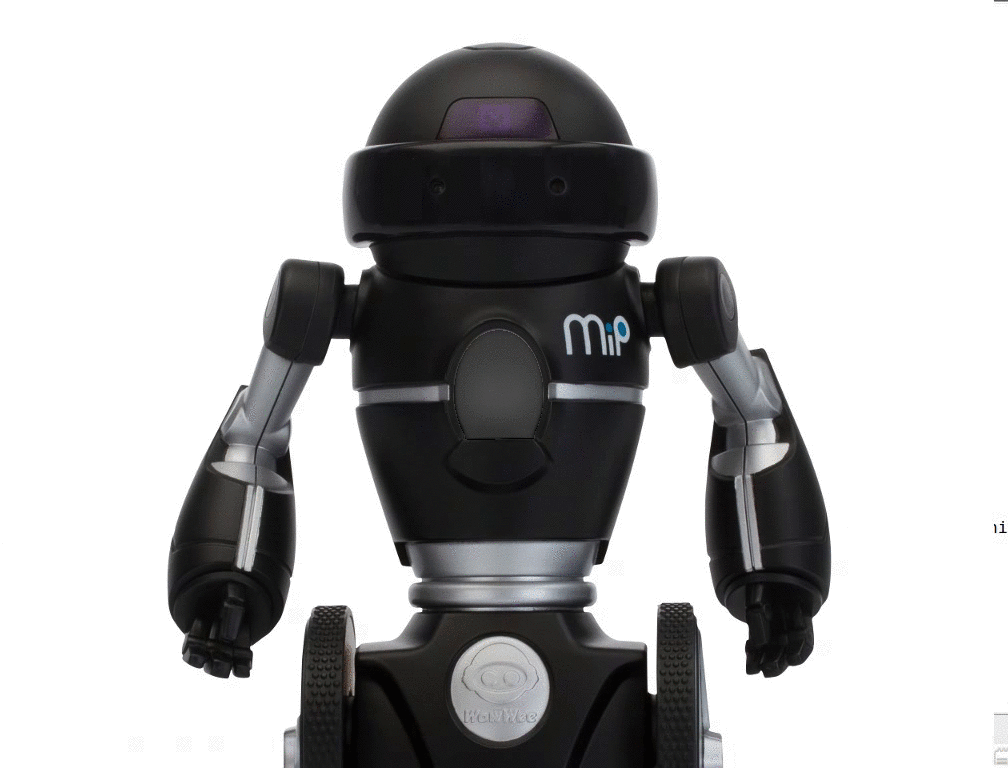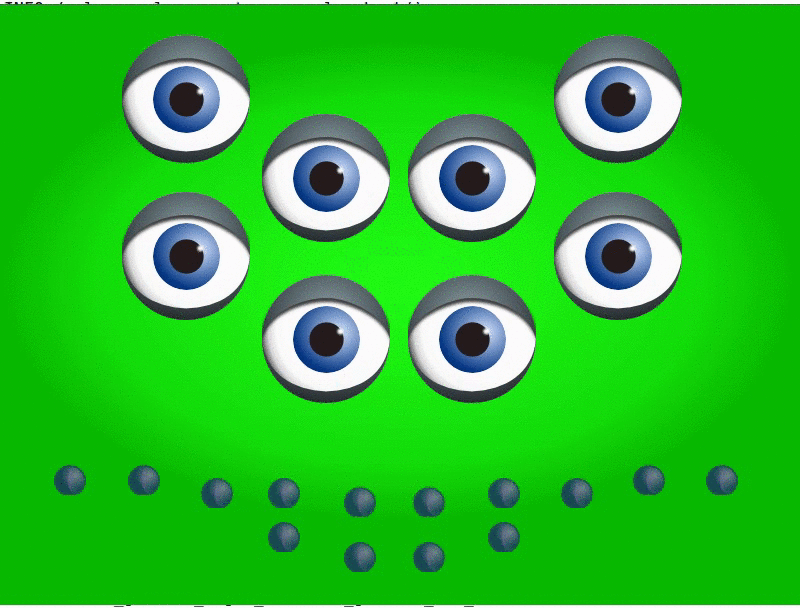gesture_synchronizer
The gesture architecture uses the KeyframeGesture message
defined in the gesture_msgs package.
It is made of two kinds of nodes:
- A set of
joint_players, one for each degree of freedom. They can be controllers for motors, for a voice engine, for LEDS, etc. - The
gesture_synchronizernode, in charge of keeping all thesejoint_playerssynchronized. There must be exactly one synchronizer node running.
joint_player
Each joint_player is in charge of playing a gesture
at the level of a given joint (degree of freedom).
For instance, it will control the angle of a servo, or emit a sound.
This is a general interface for a gesture player.
It includes several mechanisms:
- the subscription to the gesture topic
- the advertising for the ack topic
Two simple generic joint players are shipped:
-
SimplePlayer: for each keyframe, the node publishes on its output topic a message containing the keyframe value on its output topic. -
InterpolationPlayer: at a given rate from gesture begin to gesture end, the node publishes on its output topic a message containing the value of the joint obtained by interpolation between the last keyframe and the next one.
Both generic joint players support the following types:
- std_msgs::Empty
- std_msgs::Bool
- std_msgs::UInt8
- std_msgs::Int8
- std_msgs::UInt16
- std_msgs::Int16
- std_msgs::UInt32
- std_msgs::Int32
- std_msgs::UInt64
- std_msgs::Int64
- std_msgs::Float32
- std_msgs::Float64
- std_msgs::ColorRGBA
- std_msgs::String (only for
SimplePlayer, you cannot interpolate Strings) - geometry_msgs::Accel
- geometry_msgs::Point32
- geometry_msgs::Point
- geometry_msgs::Pose2D
- geometry_msgs::Pose
- geometry_msgs::Quaternion
- geometry_msgs::Twist
- geometry_msgs::Vector3
gesture_synchronizer
This is a publisher for gesture messages. When you publish a gesture, here is what it does in order:
-
It first publishes the message (gesture_msgs::KeyframeGesture) on the dedicated channel. When the gesture players receive it, they will go to the initial position of the gesture. The way they do it depends on the player: a voice player will wait for the voice to be available, while a servo will physically move to the initial angle.
-
It determines the number of acks (acknowledgement) needed to go on. It is determined by the number of subscribers to gestures at current time. As such, if a player dies, this number is decreased by one.
-
it waits for the acks for all joints.
-
when all acks are received, it emits a "play" order for all joints, giving them the order of starting the execution of gestures.
gesture GUI
The gesture GUI is a powerful tool for creating and editing
gestures of type gesture_msgs::KeyframeGesture easily
and with a graphical interface.
On the one hand, it enables "playing" gestures by parsing XML files
and emitting them to the ROS architectures, and hence
to joint_players listening to these gestures.
A slider enables navigating through the gesture by simulating
the gesture time.
On the other hand, it subscribes to some degrees of freedom of the robot
via Qt "widgets".
The current implementation enables subscribing to any data castable to vectors of doubles.
The current state of each of these degrees of freedom can be added to
the gesture_msgs::KeyframeGesture by clicking on a button.
How to install
Dependencies from sources
Dependencies handling is based on the wstool tool. Run the following instructions:
$ sudo apt-get install python-wstool
$ roscd ; cd src
$ wstool init
$ wstool merge `rospack find gesture_synchronizer`/dependencies.rosinstall
$ wstool updateDependencies included in the Ubuntu packages
Please run the rosdep utility:
$ sudo apt-get install python-rosdep
$ sudo rosdep init
$ rosdep install gesture_synchronizer --ignore-srcBuild package with Catkin
$ catkin_make --only-pkg-with-deps gesture_synchronizer
